AMD Radeon R9 380X Review - perrybeephe1978
Evenhanded last month we conjointly our annual head to the topper graphics cards on offer at all price full stop. The central battles took place at $100, $150, $200 and $300, with top graphics card game such as the Radeon R9 390X and GeForce GTX 980 Atomic number 2 taking us to $400 and beyond.
In the $100 to $200 range it was all AMD as we recommended the R7 360, R7 370 and R9 380. Even so, the jump from the $200 Radeon R9 380 to the $300 R9 390 larboard a void that usually we'd expect both AMD and Nvidia to fill with something for around $250.
We premier caught wind of rumors about an future Radeon R9 380X a hardly a months ago, expecting IT to be a new card and non a rebrand. Every bit you might recall, the merely cards in the R9 300 family to use AMD's current-generation Tonga GPU are the Radeon R9 285 and R9 380, meaning they are built along a 28nm manufacturing swear out and utilise AMD's GCN 1.2 architecture.
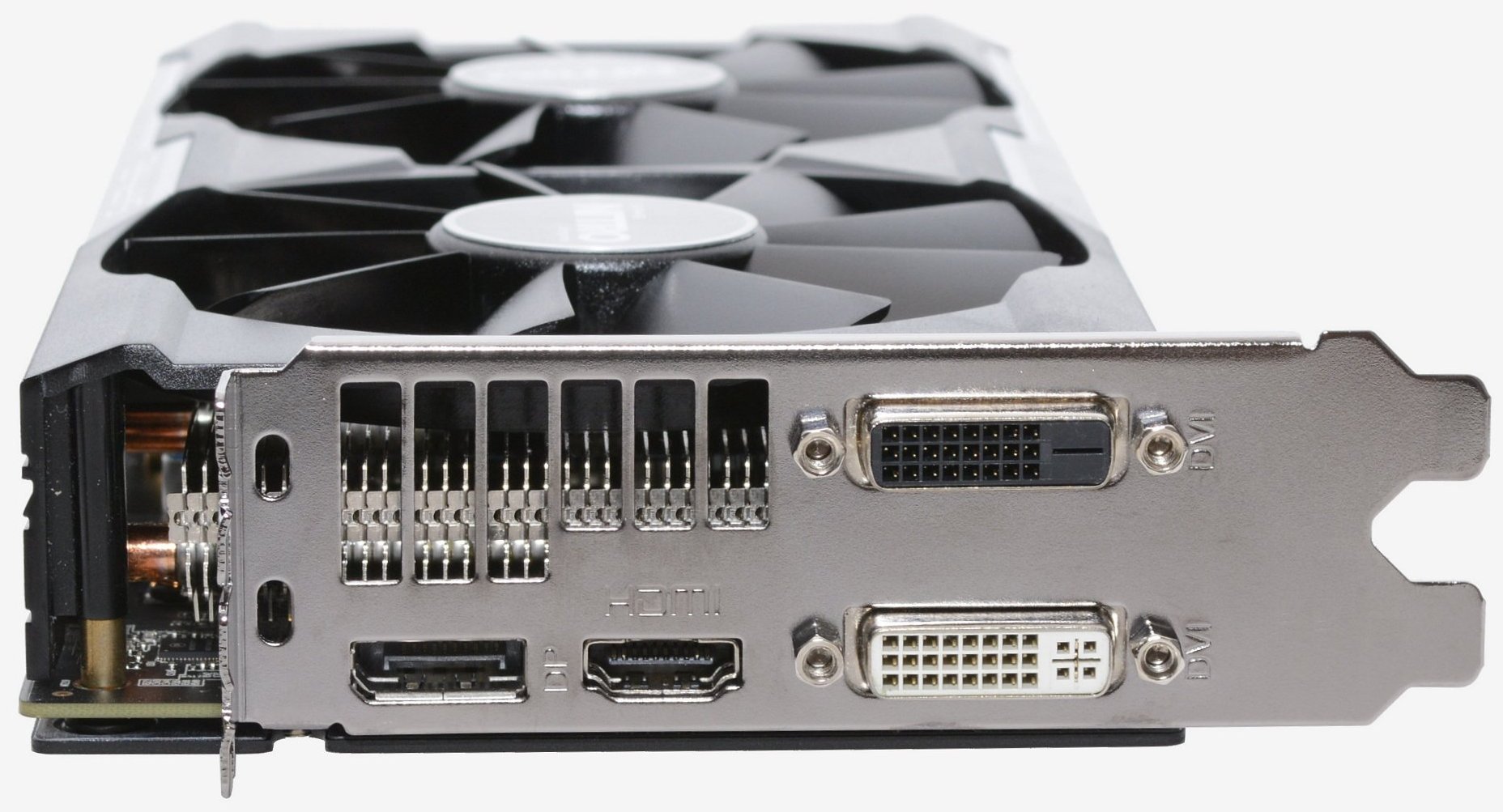
Today we put all R9 380X rumors to rest. AMD's stylish nontextual matter card starts at $230, dissipated a Tonga GPU featuring 2048 SPUs, 128 TMUs and 32 ROPs. This is the unvarying meat configuration we've seen in front with GCN 1.0 GPUs going every bit far-off back as 2012 with the Radeon HD 7970 and more recently with the R9 280X, even so the memory subsystem is considerably contrary in the GCN 1.2 enabled R9 380X.
Whereas aged GPUs were Federal Reserve data past the way of a 384-bit wide memory bus, the 380X is limited to a 256-bit bus, as was the case with the Radeon R9 285 and R9 380 before IT. Nonetheless, dissimilar the 380, the 380X will come stock with at least 4GB GDDR5 and AMD tells us they are targeting gaming at 1080p and 1440p resolutions.
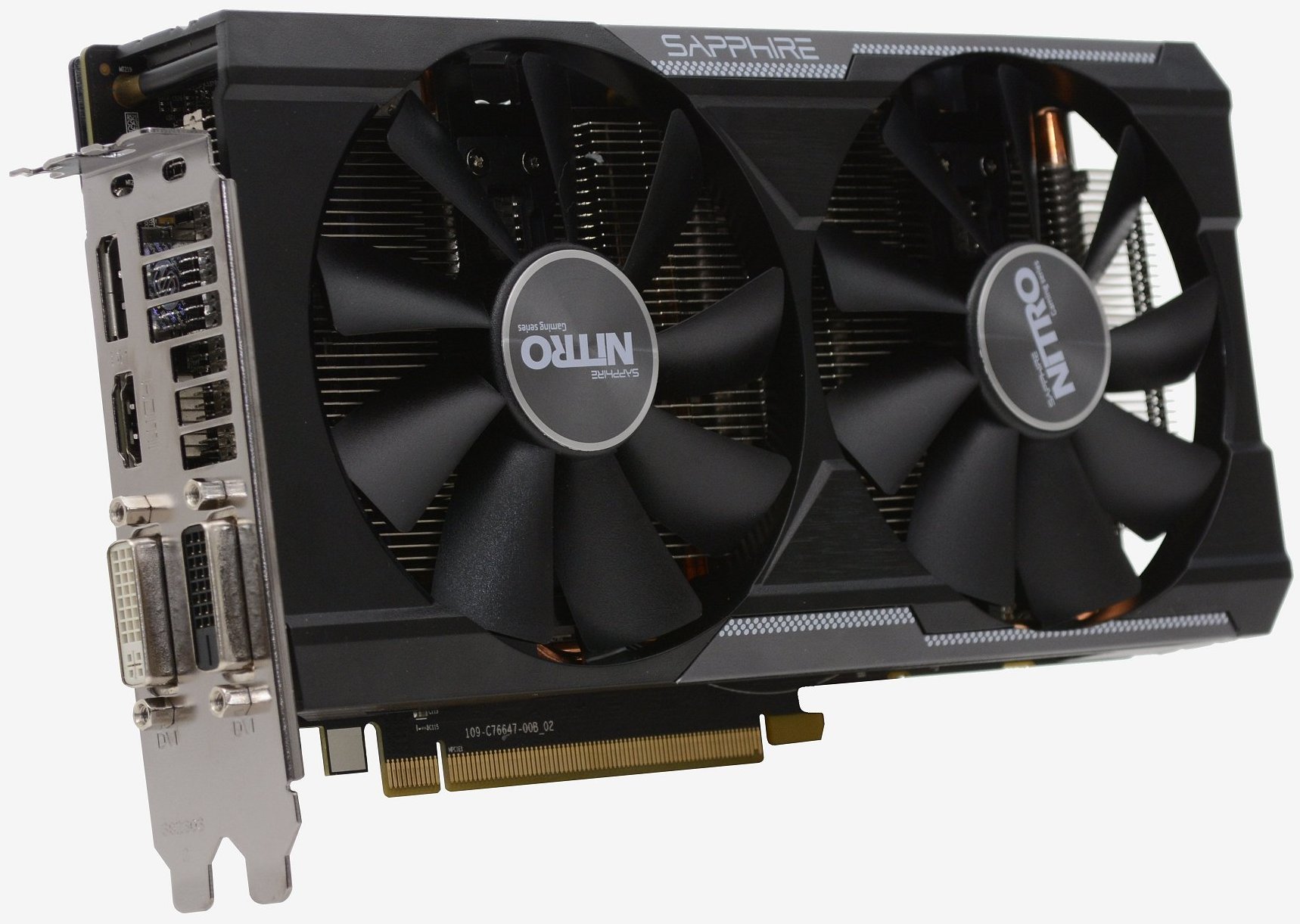
The default AMD spec calls for a core clock speed of 970MHz and a memory speed of 1425MHz, which provides a information rate of 5.7 Gbps. It should be noted that the 256-bit big memory bus limits the 380X to a memory bandwidth of scarcely 182GB/s, the same memory bandwidth of the 380, affording it a little over 50% less memory bandwidth than the R9 390.
Interestingly, the Radeon R9 380X has been rated with the same 190 watt TDP as the slower R9 380 in spite of its more complex core. Because they are based on the same architecture we can safely assume the 380X will consume more world power and therefore render more heat however.
Meet the New Radeon R9 380X
Although the R9 380X is founded on the latest Graphics CORE Next architecture, at its roots you will find a graphics card that is almost quaternary years old now, the venerable Radeon HD 7970. Debuting back in January 2012, the 7970 ran for a chilly $550 and was at the clock time AMD's flagship part.
Alike the HD 7970 and R9 280X, the R9 380X features 1792 SPUs, 112 TAUs and 32 ROPs, patc the TDP rating has been dropped considerably from 250w max to 190w, though the card shut up requires a pair of 6-pin PCIe power connectors. The clock speed has been set at up to 970MHz, 5% high than the original HD 7970 and just about 15% higher than the R9 280X.
That all looks great for the R9 380X until you look at its storage subsystem, which sees the 384-bit memory bus severely downgraded to 256-bit.
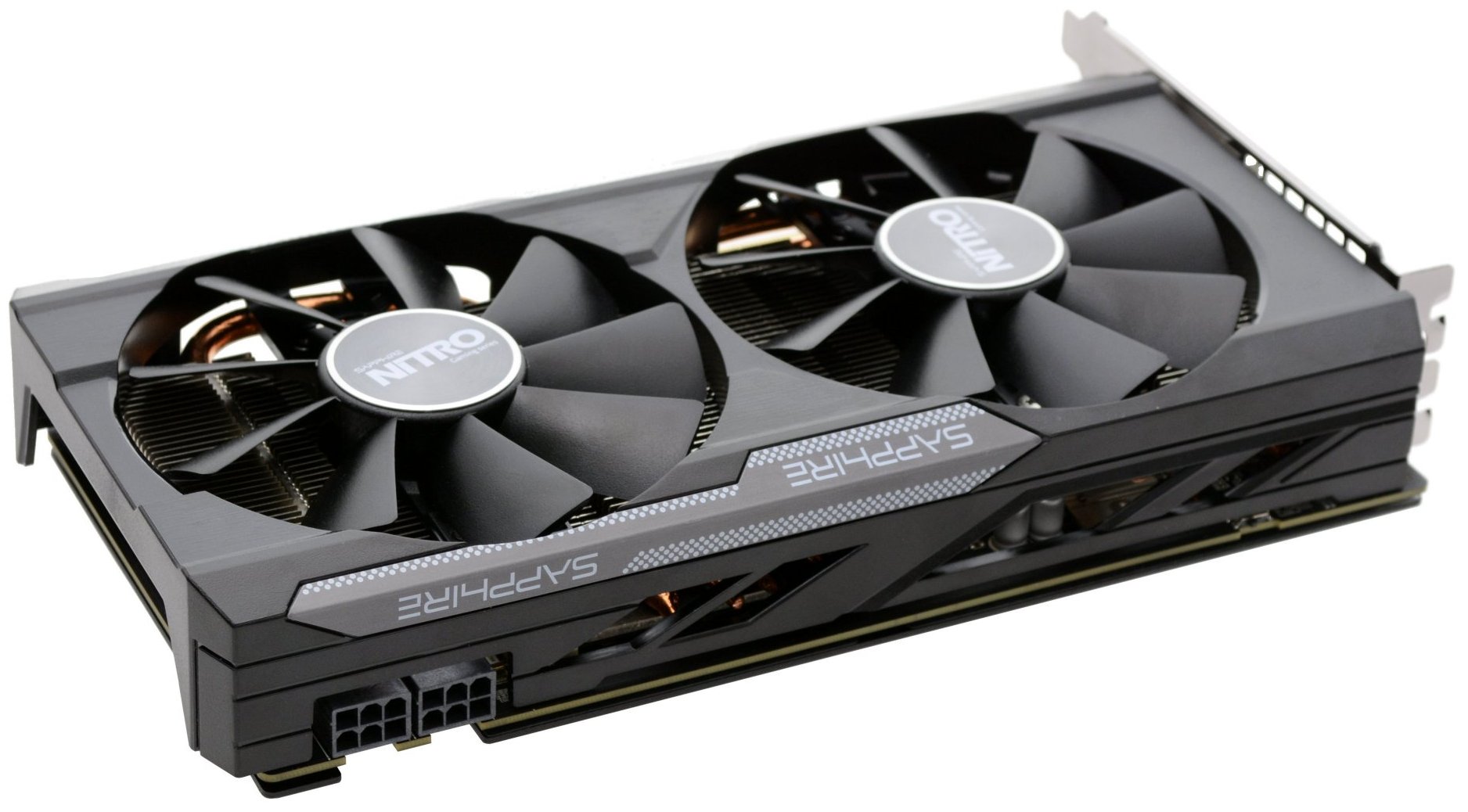
The first Tonga graphics card we tested (Radeon R9 285) provided kind of lacklustre performance. Then the R9 380 managed to considerably meliorate, and while not a picture element crushing monster, at $200 it provides an pleasant 1080p gaming live and is sure preferable to Nvidia's GTX 960.
Still, scorn the success of the R9 380, we have to wonder if a 2048 SPU Tonga R9 380X can bridge the gap between the R9 380 and R9 390? From where we're vertical it seems far too limited by that 182GB/s memory bandwidth.
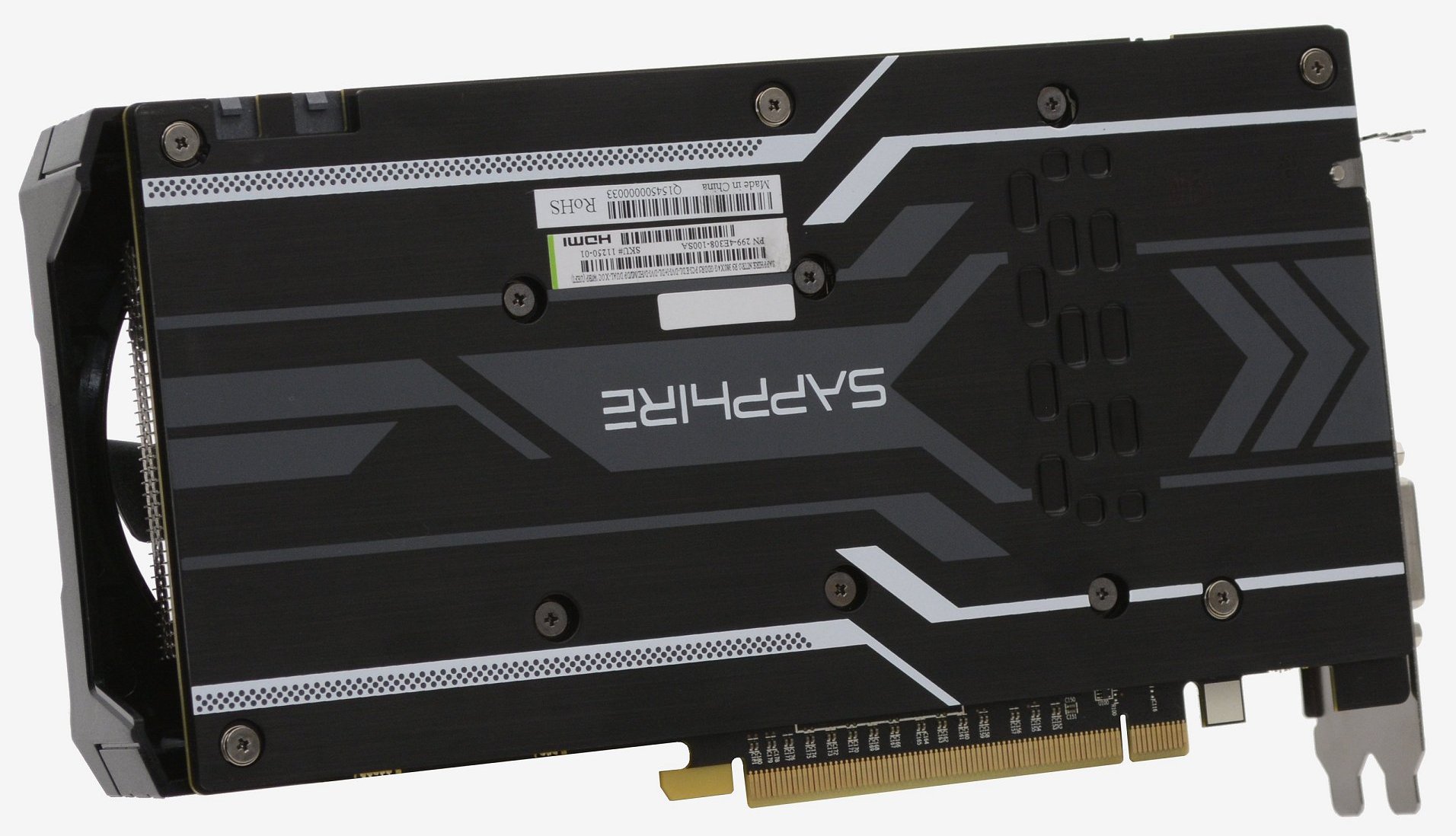
Connected hired man for testing we possess the Sky-blue Nitro R9 380X 4GB OC graphics carte which features a custom PCB and cooler design, on with some factory overclocking. Sapphire has boosted the core clock speed by 7% to 1040MHz, spell the memory has been overclocked by just 5% to 1500MHz (6.0Gbps).
The Nitro R9 380X 4GB OC is a great looking graphics card featuring an extended height to reconcile two full-size 100mm fans and a nice big hindmost plate.
Test System of rules Specs
- Intel Core i5-4690K (3.5 - 3.9GHz)
- x2 4GB Crucial Ballistix Elite DDR3-2400
- Asrock Z97 Extreme6 (Intel Z97)
- Silverstone Strider Serial publication (700w)
- Crucial MX200 1TB (SATA 6Gb/s)
- Radeon R9 390 (8192MB)
- Radeon R9 380X (4096MB)
- Radeon R9 380 (2048MB)
- Radeon R9 285 (2048MB)
- Radeon R9 280X (3072MB)
- Radeon R9 270 (2048MB)
- Radeon R7 370 (2048MB)
- Radeon R7 265 (2048MB)
- Radeon HD 7970 GHz (3072MB)
- GeForce GTX 970 (4096MB)
- GeForce GTX 960 (2048MB)
- GeForce GTX 950 (2048MB)
- GeForce GTX 760 (2048MB)
- GeForce GTX 750 Te (2048MB)
- GeForce GTX 650 Ti Boost (2048MB)
- Microsoft Windows 10 Pro
- Nvidia GeForce 358.91
- AMD Accelerator 15.11.1 Exploratory
Benchmarks: Bravo's Credo, Battlefield
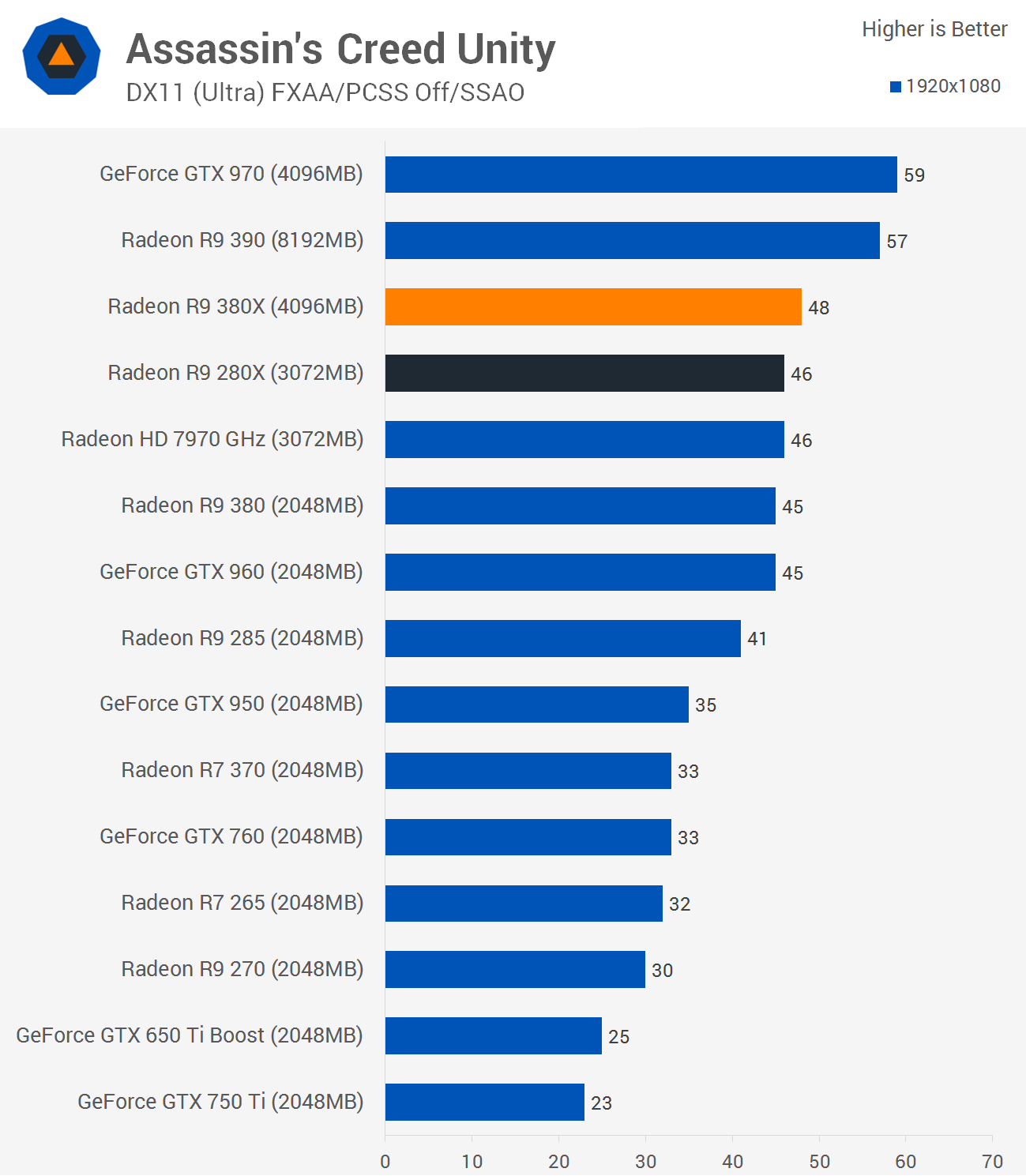
The Radeon R9 380X averaged fair 48fps in Assassin's Creed Unity at 1080p victimisation the radical-select settings with Nvidia's Percentage-Closer Soft Shadows (PCSS) turned cancelled. This meant that the 380X was just 7% quicker than the R9 380 and GTX 960, while it was 16% slower than the R9 390. Interestingly, the R9 380X was sporty 4% faster than the old Radeon HD 7970 GHz Edition and R9 280X.
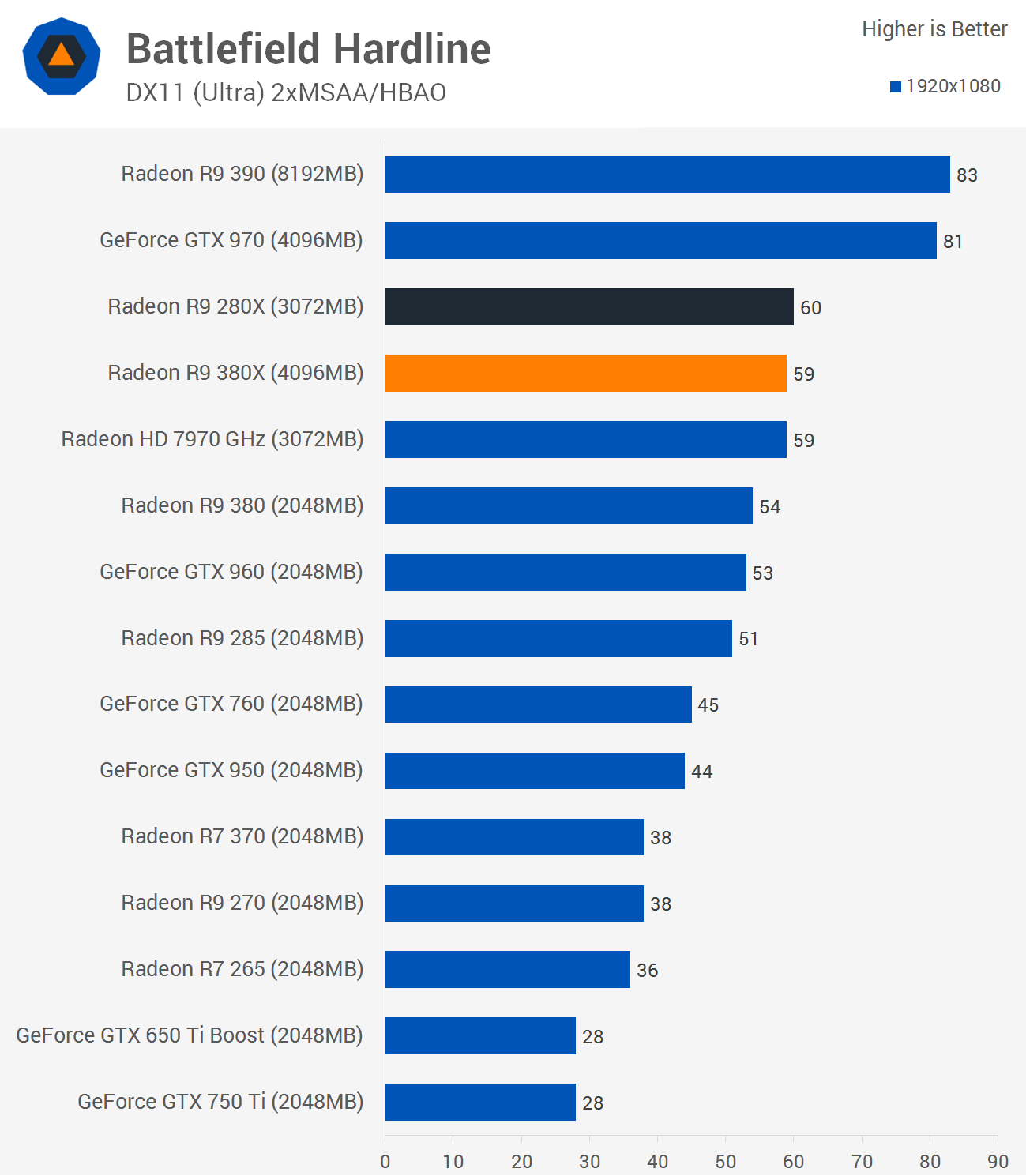
This time the Radeon R9 380X was 2% slower than the R9 280X despite delivering a respectable 59fps. Although the R9 380X beat the R9 380 by a 9% margin, it was a big 29% slower than the R9 390.
Source: https://www.techspot.com/review/1093-amd-radeon-380x/
Posted by: perrybeephe1978.blogspot.com



0 Response to "AMD Radeon R9 380X Review - perrybeephe1978"
Post a Comment